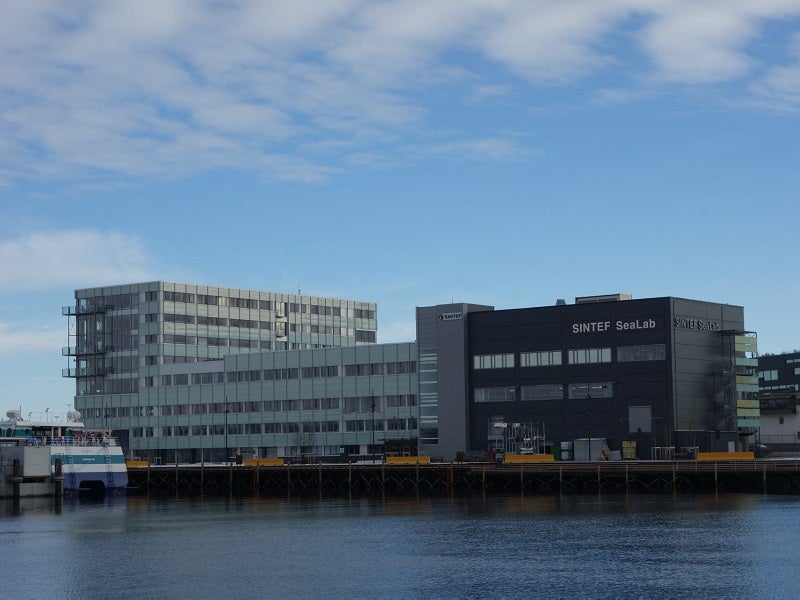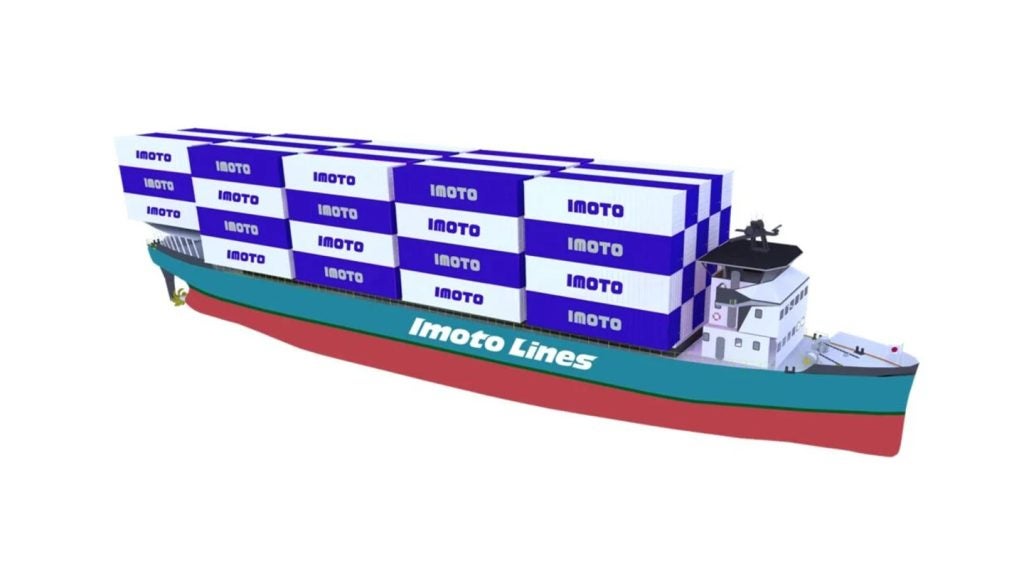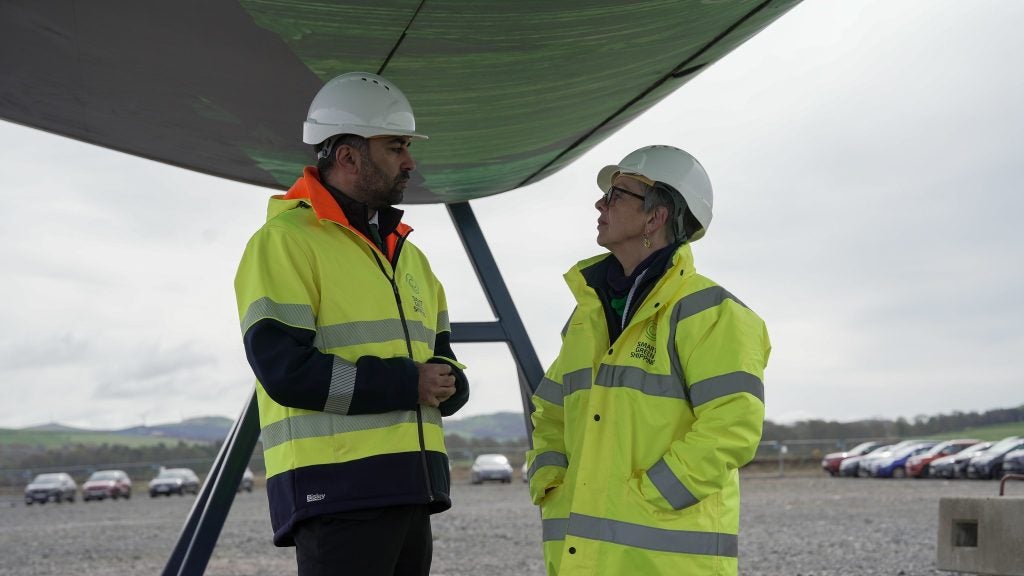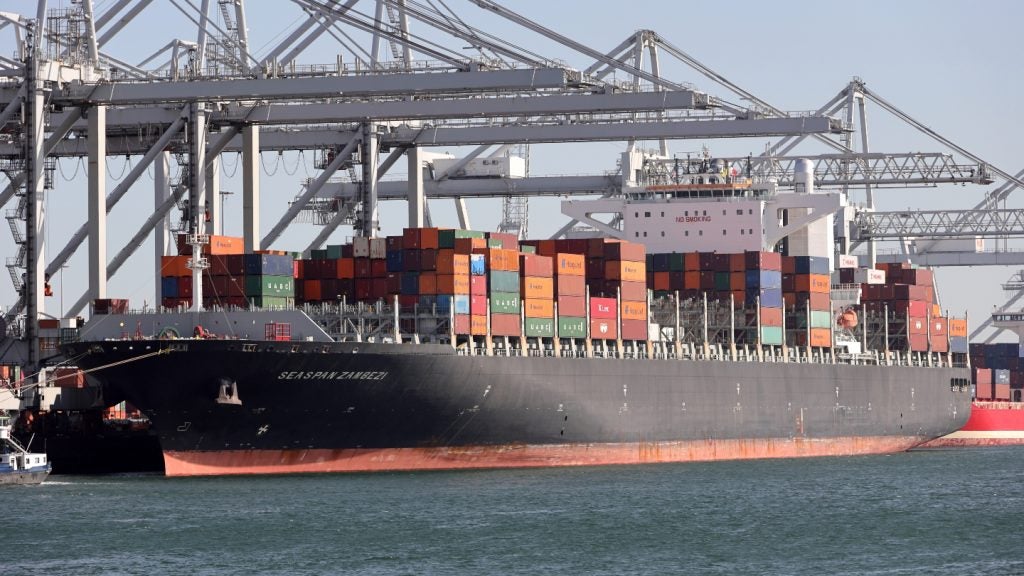
To most of us, Norway might just be famous for its inspiring political system – which the UK is considering imitating post-Brexit – and its picturesque fjords, but it is its engagement in sustainable shipping and R&D that makes it a global leader in the maritime sector.
Having recently pledged to eliminate shipping emissions in its fjords by 2026, and to become climate-neutral four years later, Norway is home to some of the most ground-breaking and prolific research groups and technology companies in the world.
It is indeed a new collaboration between two of these groups – namely global tech giant ABB and European independent research organisation SINTEF Ocean – which have a project aimed at testing the viability of hydrogen fuel cell technology as energy source for ship propulsion.
In the past few years, the technology has widely been identified as a suitable and effective solution to meeting the International Maritime Organisation’s (IMO) target of halving greenhouse gas (GHG) emissions in the shipping industry compared to 2008 levels by 2050.
Having only kicked off in November 2018, ABB and SINTEF’s project is still at early stages, but the parties hope to see positive results soon. And with the world’s first hydrogen-powered ferry expected to start operations along Norway’s western coast in 2021, the timing could not be better.
Hydrogen: powering a more sustainable future
The Collins Dictionary defines a fuel cell as “a device, similar to a battery that converts chemicals [in this case, hydrogen] into electricity.” In contrast with traditional fuels, this has low to no impact on the environment.
How well do you really know your competitors?
Access the most comprehensive Company Profiles on the market, powered by GlobalData. Save hours of research. Gain competitive edge.

Thank you!
Your download email will arrive shortly
Not ready to buy yet? Download a free sample
We are confident about the unique quality of our Company Profiles. However, we want you to make the most beneficial decision for your business, so we offer a free sample that you can download by submitting the below form
By GlobalDataWith the project currently well underway at SINTEF’s Trondheim laboratories in Norway, researchers are working to find out how to scale up and optimise fuel cell and battery combinations and, more generally, to lay the groundwork for future maritime applications of the technology.
“The current status of hydrogen fuel cells for ships is that installations are very small, up to about 100kW, and there are no existing installations of size to provide actual empirical data on the performance of fuel cells in a maritime application,” explains SINTEF Ocean research manager for maritime energy systems Anders Valland.
“The potential we see currently is for hydrogen fuel cells as a range extender where pure battery installations fall short. This would be for smaller vessels travelling at low speeds and/or short distances.”
As such, crucial to the success of the research will be to understand how to use the technology in large, multi-megawatt systems and apply it to the maritime sector.
“Another key objective will be establishing how to enhance the control of fuel cell plant in combination with energy storage, and how to optimise efficiency, reliability and the lifetime of fuel cell stacks,” adds Jostein Bogen, global product manager for energy storage and fuel cells at ABB Marine & Ports.
The research combines modelling and simulation methods, which allow using a laboratory as well as simulators that can perform X-in-the-loop testing: “By this approach, we will be able to explore different scenarios and energy system configurations for the vessel, before selecting the actual system to be brought on-board,” says Valland.
Meanwhile, the team is also building a new fuel cell laboratory which will be used as an extra capability for the maritime hybrid energy systems laboratory currently being used for the project.
“We are also starting a project on developing a large hydrogen power solution for a passenger vessel, as an add-on to the existing propulsion system on-board,” he explains.
Technical issues could stand in the way
With the IMO’s deadline looming, obtaining substantial results is more time-sensitive than ever.
But with only little knowledge available on how to scale fuel cells, the technology, and the team’s research on it, bear a number of limitations that require time to overcome.
For the team, such limitations have primarily to do with fuel cell stack size and the “relatively simple nature of the balance of plant system,” which, according to Valland, risk limiting the chances of looking into “issues related to the internal workings of a system with multiple fuel cells, where the balancing of fuel cells will become important.”
Further obstacles to the success of the project are related to safety and regulation.
“The issue of safety has to be addressed properly,” says Valland, although “there are several initiatives looking into this which will eventually lead to an updated IMO IGF Code including rules for hydrogen on-board ships.”
Despite having very low impact on the environment, hydrogen is also very energy-intensive, which makes it less advantageous than traditional fuels.
“Hydrogen has a very high energy content per kilogram, but its density means that you only get 80kg of fuel per cubic metre even in its most dense liquid form,” says Valland. “Energy-wise, this means that hydrogen has less energy than any fuel we know for practical purposes.”
The two researchers also fear their project could be slowed down by the lack of proper infrastructure and value chains. As Bogen puts it: “The limitation of using fuel cells today in maritime is to scale up the supply chain of hydrogen. In addition to that, there is further research needed within solutions for transport of large scale liquefied hydrogen (LH2), as well as large scale on-board storage of LH2.”
A ‘fringe concept’ with great potential
Nevertheless, Bogen claims fuel cell technology is acquiring growing interest as the maritime industry rushes to meet the targets set by the IMO in April 2018: “We see a huge interest from the marine industry as many of our customers are seeking solutions to reduce emissions. In this project it will be important to work with different ship owners to facilitate testing of various ship operations and try out different power plant configurations and control strategies.”
Strong support comes especially from the Norwegian Government. Unsurprisingly, it was the country’s environment minister Ola Elvestuen who, back in April, labelled the IMO’s new strategy as ‘the most positive climate news this year’.
“In Norway there is a lot of political interest in fuel cells and hydrogen at the moment,” adds Valland. “This is followed by public grants for research and development. At the same time, there is a sober response [from the maritime industry] as the issues related to safety, infrastructure, availability and cost are still to be resolved. Internationally, it seems hydrogen is still a fringe concept when it comes to maritime applications.”
With plans to focus on fuel cell lifetime and control system optimisation for the next two to three years, the Trondheim researchers know that the path towards sustainable shipping is still quite long and troubled.
“Hydrogen fuel cells will give very low local pollution, and it may also give very low net GHG emissions provided the source of hydrogen production is very low or zero emission,” Valland claims. “In the longer term, hydrogen may find its place as a fuel for medium-sized vessels and for short distance high-speed vessels.”
However, all these efforts risk proving ineffective if collaboration between researchers, governments and the industry fails to take place.
As Valland puts it: “If at some time in the future we develop an abundant zero-emission energy source, hydrogen might become an important energy carrier with larger impact also for the maritime industry.”






